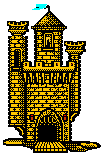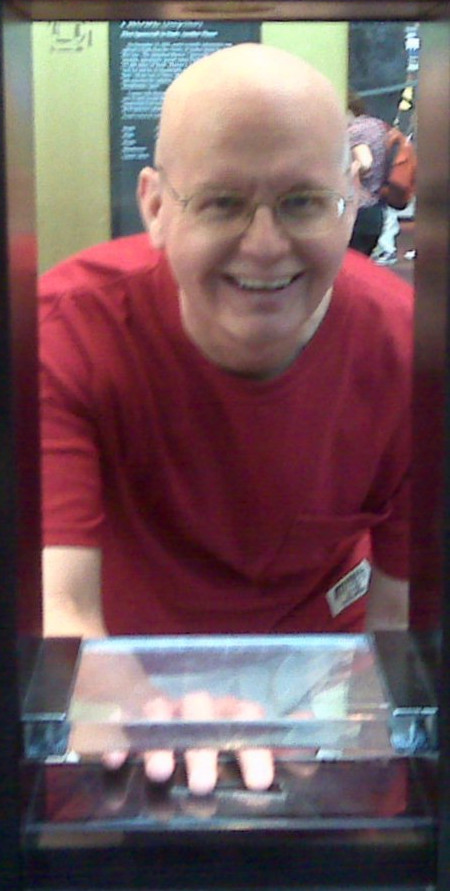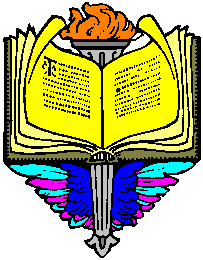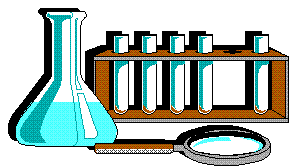
|
Principles of AlchemyFrequently Asked Questions |
 |

|
Principles of AlchemyFrequently Asked Questions |
 |

This Alchemy stuff is cute, but who is Merlin - really?
Dr Jamie Love is the man behind Merlin. Over the years Jamie has taught a wide variety of science subjects to a wide variety of students.
Dr Love earned his PhD in Biochemistry and Molecular Biology from Louisiana State University Medical Center (New Orleans) in 1990 and soon after moved to Scotland, a part of The United Kingdom. (The best part!  ) The UK is home to the oldest, biggest and most distinguished distance-learning university in the world - The Open University. Jamie spent several years studying its methods while working towards his diploma in Information Technology. He also earned an MBA by distance learning (from Heriot-Watt University).
) The UK is home to the oldest, biggest and most distinguished distance-learning university in the world - The Open University. Jamie spent several years studying its methods while working towards his diploma in Information Technology. He also earned an MBA by distance learning (from Heriot-Watt University).
Jamie knows first-hand the difficulties one encounters studying alone.
 (National Air and Space Museum in Washington, DC). |
Dr Love started Merlin Science in 1995 - teaching chemistry over the Internet. The following year he published "Principles of Alchemy", his first self-paced, self-learning "hypertextbook".
It has become particularly popular among home schoolers.
In 1998 Dr Love joined the Department of Life Sciences at Napier University (Edinburgh) teaching a variety of subjects and developing the department's flexible (distant) learning modules. In that role Dr Love has acted as editor and coordinator of several distance learning books - teaching genetics, microbiology, immunology and biotechnology.
When he is relaxing, Jamie (aka Merlin) enjoys bird watching, fossil collecting, and stargazing. |
Return to top of FAQs.
How about some more information on the reading? How long does it take?
The entire course could be done in 1 month if the student put a great deal of effort into it. If the course is studied regularly, like a normal class, it should take about 3 or 4 months. It should take no more than 6 months for an average student, but every student is different.
 |
There's a lot of reading here but most of it is dialogue,
so it goes faster than a standard science textbook. The course starts slow and easy with the first Ancient Element, AIR. Then it gets progressively more detailed. Here's a breakdown of the entire book. (Q&A are questions and answers.) Title Page: 5,000 words, 11 pages.
|
The word count is accurate to within a thousand. The text has a Flesch-Kincaid Reading Level of approximately the 8th Grade. (This method is based on the average number of syllables per word and the average number of words per sentence.) However, Arthur's Notes are more condensed and increase the score to the 9th grade reading level.
The number of pages is roughly the amount of text pages produced if printed at standard font size but this book is not designed to be printed out and probably won't do so easily.
The diagram count is the number of unique diagrams - they are used many times throughout the hypertextbook but only counted once. Also, Merlin only counts images used for explanation so he doesn't count the images used to "spice up" the hypertextbook.
Most of the Questions and Answers advance the student's knowledge and are intended for learning, not as self-assessment. However, AIR's Questions and Answers are more for review and to get the student used to the method.
Return to top of FAQs.
Did you say something about experiments?
|
It wouldn't be science without experiments!
Each Ancient Element concludes with a hands-on section called "Do This!" Common household materials are used to illustrate some of the concepts learned. "Do This!" is not intended to be a substitute for "real" laboratory work. Merlin cannot sincerely offer a true laboratory class without expecting a significant investment of your time and money. Instead, each "Do This!" is intended to be a "chemistry lab lite". You need not buy a chemistry kit, nor search for exotic (often dangerous) chemicals, to enjoy "Do This!". | 
|
The very first "Do This!" (in Principles of Alchemy: AIR) is mostly a discussion of safety, like the first lab class in any school.
Return to top of FAQs.
Tell me more about the exams.
Each Element ends with a self-evaluation exam. These exams cover everything explained in the Dialogue sections, and reviewed in Arthur's Notes, as well as the more advanced materials taught in the Questions and Answers section. The exams do not cover the experiments in "Do This!" so there is no reason to delay taking the exam after completing the Questions and Answers section. (And having reviewed and prepared for the exam - of course!)
|
Each exam is composed of 20 questions answered by multiple choice.
Merlin is the first to admit that multiple choice exams are not the best way to test a student's knowledge and understanding. However, computer-based grading does not lend itself to essay questions and even fill-in-the-blanks is a problem for computer-based exams because of spelling or position of spaces that the student uses. Other testing methods, such as matching or other forms of scrambling, are nothing more than multiple choice problems in a different format. Rather than confuse the student by changing formats, Merlin decided to present the exams totally in multiple choice formats. Besides, a well-written multiple-choice exam can be very good and educational! |  |
 | After completing the exam, the student submits it and the computer will generate a "virtual page" that shows the grade and also scores each answer as "Right" or "Wrong". The student can jot down which ones were wrong and close the "virtual page". The exam will have been reloaded so all the previous answers have been wiped away. |
|
The student is encouraged (required?) to submit a "perfect" exam. When a student earns a perfect score s/he is sent to a "Congratulations Page" and instructed on how to pick up his/her certificate. After submitting his/her name, the computer will generate a "Certificate of Completion" for that Element which will include the student's name and date of completion. This can be printed just like any webpage. Check out the sample exam to see this first hand.
The Final Exam is comprehensive - covering all four Ancient Elements - and culminates in a Diploma, which can be printed out, and the student is awarded the Title of "Apprentice Alchemist"! Of course, the student is on the "honor system" for the exams and the Certificates, Diploma and Title are meant to encourage the student to continue while providing some incentive to achieve a perfect score. |  |
Return to top of FAQs.
What about copyrighted materials, site licenses and stuff like that?
 |
In 2017, Jamie formally retired from his post at the University of Edinburgh and the following year decided to give his courses away for all to enjoy. His hypertextbooks (courses) are licensed under a Creative Commons Attribution-ShareAlike 4.0 International License.
|
Return to top of FAQs.
 |
Sample |
Back |

|